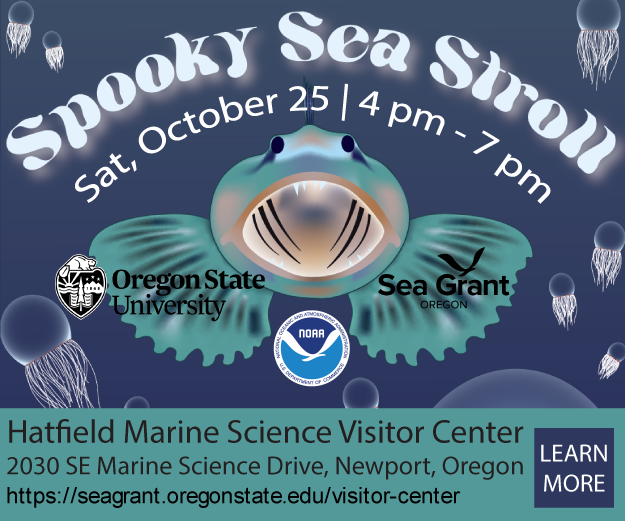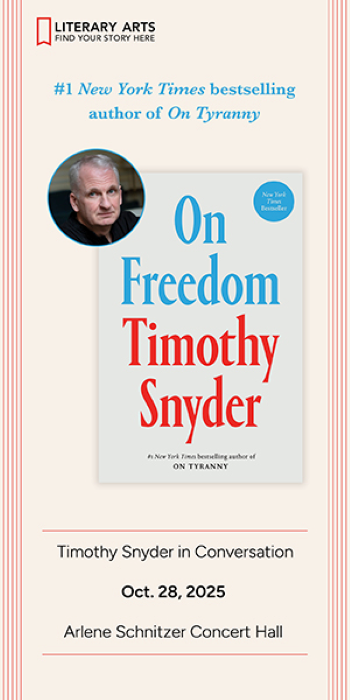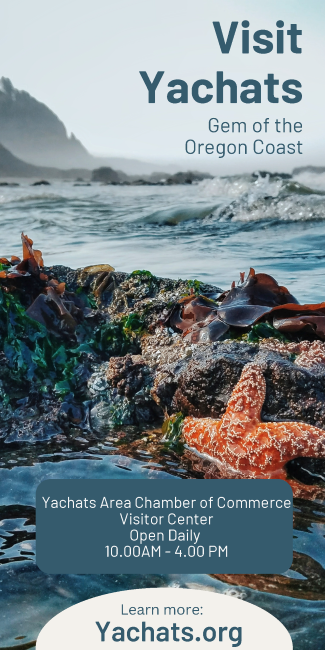NEWPORT – Two films documenting salmon habitat restoration projects in the Alsea River basin are on tap at the Lincoln County Historical Society’s Pacific Maritime Heritage Center from 6:30-8 p.m. Thursday March 6.
The MidCoast Watersheds Council and partners spent the last year documenting the restoration of Mill and Beaty creeks near the town of Alsea and Starr Creek, a tidal wetland off Alsea Bay. The council said the films tell a story of partnership, scientific discovery and a love for fish, wildlife and waterways.
For people unable to attend the event, the films can be viewed on two YouTube channels here and here.
Throughout the night featured partners from the film including Katie Ryan, executive director of The Wetlands Conservancy, will discuss why conserving land on an estuary helps heal wildlife habitat and protect against the impacts of climate change. Janet Landauer, who championed the restoration of her section of Mill Creek, will reflect on how the work transformed a simple stream into a complecx array of channels and log structures that now have salmon returning.
For decades, Mill Creek bore the marks of its past — a former lumber mill site, simplified and degraded stream channels, invasive species, and artificial ponds that disrupted the natural flow of water. Native salmon struggled to find suitable habitat. In 2007 that started to change, when Janet Landauer purchased her 20-acre property along the creek.
This past summer that dream became a reality. In partnership with restoration specialists, neighbors, conservation organizations, and local agencies, MidCoast Watersheds Council worked to remove the remnants of past land use — berms, regrading former mill pond areas, replacing fish passage barriers, and reconnecting the creek to its historic floodplain. Over 300 large logs were placed in structures throughout the watershed, jumpstarting the process to create the complexity needed for fish to thrive.




















